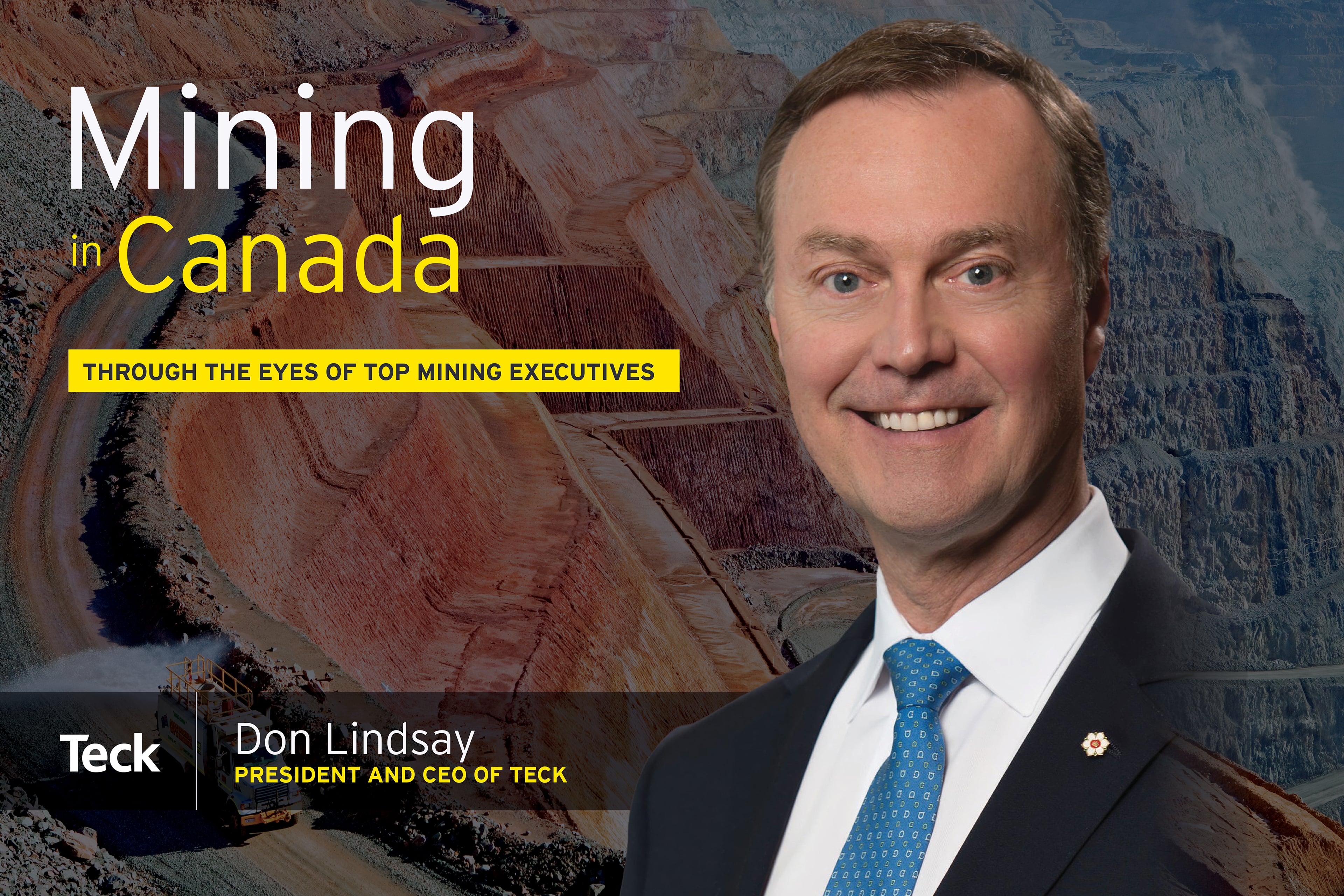With that in mind, what’s your perspective on the energy transition overall? What’s your take on readiness in the sector and among non-mining stakeholders?
As hard as it may appear or be to build a plant, whether an assembly or battery plant, the further you go upstream the harder and longer it’s going to take to get that done. We all know there’s demand. Pressure’s going to build on the supply chain. We’ll see the crunch coming, whether it be lithium, nickel, cobalt, manganese. I’m focused on the processing side because there’s a gaping hole in North America. We think we can get there in three years, given that we’re permitted. Starting from a greenfield site in Canada adds probably two or three more years. When mining in the US, it’s 7 to 10 years as a rule of thumb. That’s the issue. How do you mitigate that?
I’m a capitalist. I think a sense of urgency is starting to pick up. You hear it in the boardrooms of automotive companies. But it’s going to take a new social contract. Young people growing up today can draw more of a direct connection between what’s coming out of the ground and what’s in their phone or what’s making the environment a better place. I’m hopeful social and urban views towards mining and extraction, and its role in the broader economy, will only get better — provided we mine and operate responsibly.
At the Shanghai auto show, there were 130 different EV (electric vehicle) models. That freight train is coming to North America. We had 16 or so last year, 32 this year. That’s going to keep climbing and we in North America need the range, and bigger vehicles. The technology and battery packs are finally there. I think even those in the market are surprised just how fast it’s happening and we all need to work together. It’s going to be a crunch. It should be a lot of fun for those of us in the middle of it, though.
Can you share your views on ESG, and the changes and new realities we need to embrace?
There are issues we need to get through, but the ESG (Environmental, Social and Governance) dialogue excites me because it’s very different from the early days in my career, when CSR (Corporate Social Responsibility) was considered kind of mushy. ESG is quantifiable. In my world, the product we’re selling goes into an electric vehicle. The car’s carbon footprint starts where the minerals were extracted, then work their way on a boat through our process, through the battery plant. Every step of the way, there’s a care factor and disclosure obligation around that carbon footprint.
That’s fantastic for us in Canada. We’re on a hydroelectric grid and it’s a hydrometallurgical Met site. It’s renewable power and we’ve got almost zero emissions. The challenge is that a new company is a morass of different standards. There is greenwashing both on our side and the investment side. I wish we had a clear roadmap to the rules and disclosure obligations and the standard we can measure ourselves against to have an apples-to-apples comparison. When you do, a company like ours is going to shine. We already know from our life-cycle assessment that we’re going to have the cleanest cobalt product on the planet for battery materials. It’d be nice to benchmark that in a more transparent fashion than we can today.
Last but certainly not least, digital transformation and the war for talent have reached new levels due to the pandemic. How can the industry accelerate the way it responds to these imperatives?
It’s a good point. We’re exploring more, so getting a drill rig and a good, in-house exploration team has gotten harder. I’m fighting that, the war [for] talent and the great resignation. It comes back to my point that although I will want people back in the office, and I think it’s important to have that interaction, we need a more flexible approach to our talent development. Hybrid is going to be important for a 24-year-old who wants to work at home on Fridays. I trust that they’re going to be engaged and working. I think that’s appealing to talent today.
I’ve also got a global view on the way we hire people. My project lead is in Sudbury. Our commercial lead is in Europe. I’m looking for another VP that may or may not be in Toronto. As much as I like the traditional office, and it’s preferable in some ways, mitigating the war [for] talent as an entrepreneurial company comes down to speed. You’ve got to look beyond your city and make it work with the technology available.




